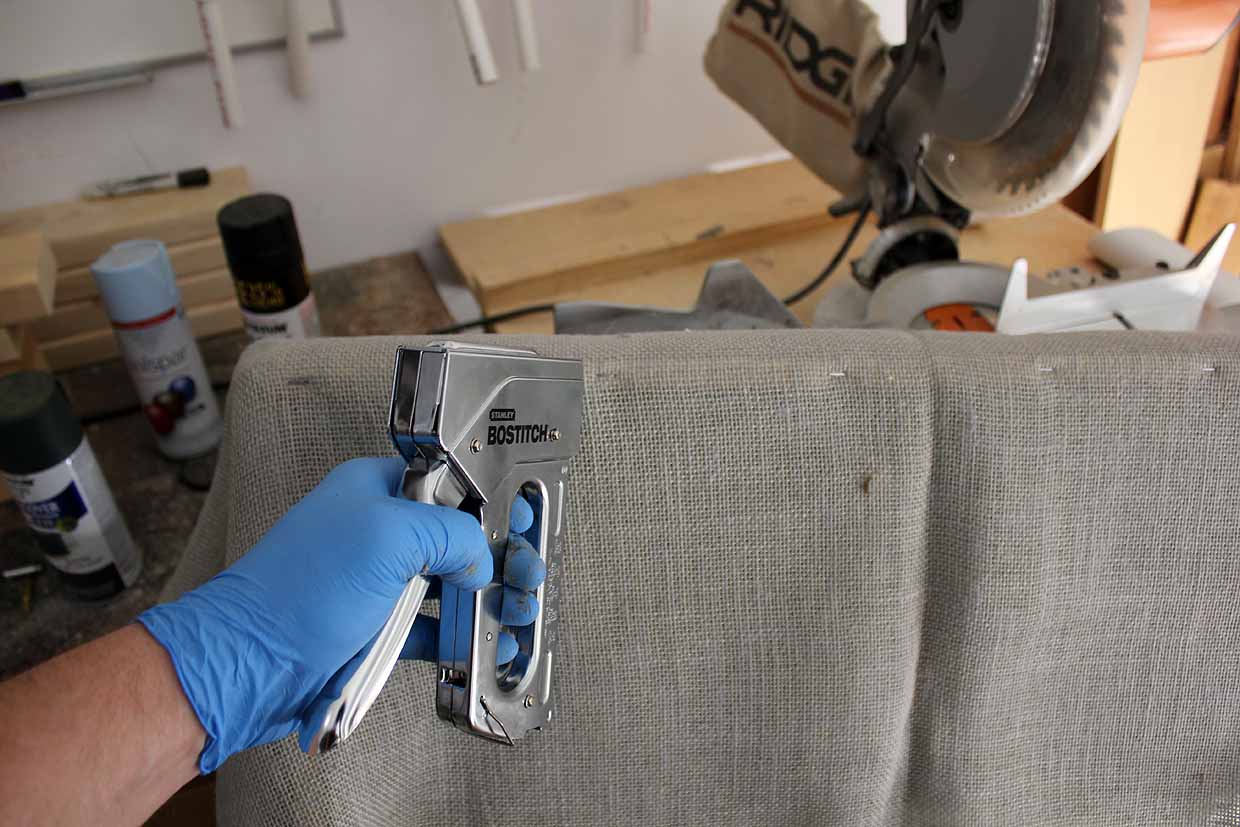If you use your garage as a home workshop, things can get noisy at times. This is generally acceptable, but if your child is sleeping and you’d like to use a miter saw, or you want to run your CNC router while others are watching TV, a little noise reduction can be quite helpful. Here’s one option to help keep things quiet, based on panels meant for home theater use.
As good as those instructions are, I’ve made a few modifications that I think improve on the design. I put my panel up in my garage near the door to help muffle the sound entering the house. It could work equally well for keeping noise out of a home office, or even in a home theater as it was originally intended.
























